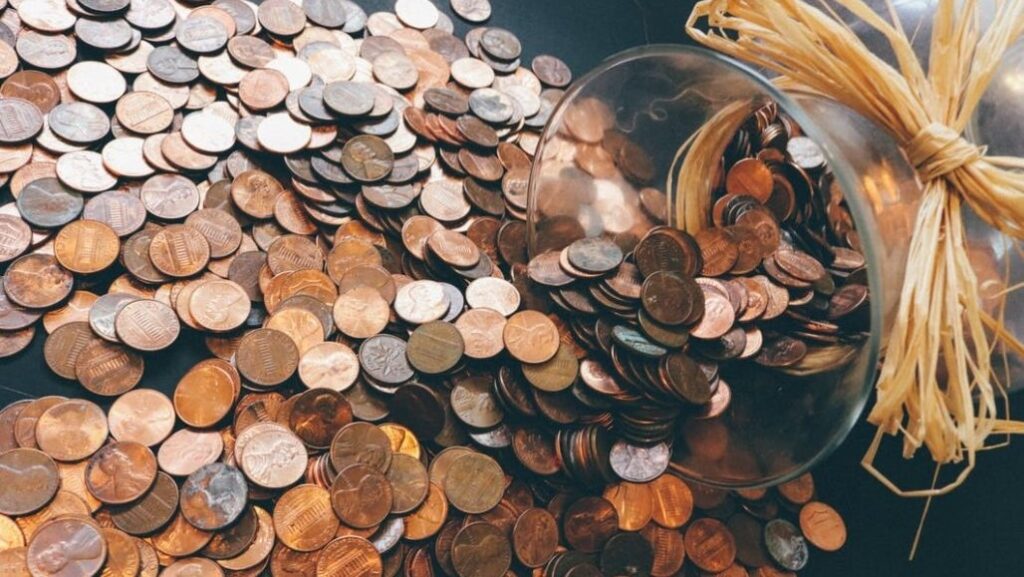Investigating the Interaction In Between Company Redundancy and Business Versatility for Future Development
In the dynamic landscape of today's organization globe, the elaborate connection in between firm redundancy and organizational versatility arises as a crucial element for continual development and success. Firms often deal with the obstacle of striking a delicate equilibrium in between preserving a degree of redundancy to alleviate threats and fostering flexibility to react promptly to the ever-evolving market demands.
Value of Business Redundancy
Business redundancy is a vital aspect that enhances organizational resilience and alleviates operational dangers. By integrating redundancy actions within the business framework, companies can better hold up against unanticipated disturbances and fluctuations in the company environment. Redundancy works as a tactical barrier, permitting business to adjust and respond successfully to unexpected difficulties without compromising essential procedures.
One trick element of the importance of firm redundancy is its role in making sure connection during times of situation. When confronted with abrupt adjustments or emergencies, repetitive systems, sources, or personnel can action in to maintain crucial functions and stop prevalent disturbances. This connection not just safeguards the firm's track record and client trust but additionally reduces financial losses and functional downtime.

Strategies for Business Versatility

Creating versatile business frameworks that enable for quick adjustments to market characteristics and consumer requirements is necessary for staying affordable in a swiftly progressing atmosphere. By proactively identifying possible disturbances and chances, organizations can proactively prosper and adapt in an ever-changing organization landscape.
Balancing Redundancy and Adaptability
Achieving an unified equilibrium between functional redundancy and organizational versatility is extremely important in navigating the intricacies of a vibrant company atmosphere. Striking the appropriate balance between redundancy and flexibility is a delicate procedure that calls for a deep understanding of the organization's goals, market characteristics, and risk tolerance.
To achieve this balance, business need to carry out routine analyses of their procedures to recognize locations where redundancy is essential for threat read this reduction and where flexibility can drive innovation and growth. Carrying out versatile frameworks, promoting a culture of continuous knowing and enhancement, and encouraging open communication across all degrees of the company are essential techniques to balance redundancy and flexibility effectively. By straightening these 2 essential components, firms can place themselves for sustainable growth and success in an ever-changing organization landscape.
Study on Adjustment Success
In examining instances of successful organizational adjustment, it comes to be evident that the interplay between operational redundancy and versatility is a specifying aspect in forming durable services. A DVD rental solution, Netflix showed impressive adaptability by transitioning into a streaming platform when digitalization interrupted the market. These situation research studies highlight the relevance of functional redundancy coupled with organizational adaptability in fostering long-lasting growth and competitiveness.
Building Resilience for Future Growth
Structure resilience for future development calls for a strategic alignment of functional procedures informative post with market characteristics and arising patterns. Companies should adapt to changing atmospheres by promoting a culture of flexibility, innovation, and continual renovation. Strength includes not only bouncing back from troubles yet additionally proactively getting ready for future obstacles. One vital facet of structure resilience is buying durable danger management strategies to minimize prospective disruptions. This consists of situation planning, expanding supply chains, and establishing contingency strategies for different contingencies (who pays redundancy money).
Moreover, promoting strong partnerships with stakeholders, such as customers, staff members, providers, and the area, is vital for weathering uncertainties and keeping trust and support throughout stormy times. Efficient interaction and transparency play a crucial duty in building durability, as they aid assist in and straighten expectations cooperation in navigating uncertainties.
In addition, organizations need to focus on understanding and development efforts to upskill staff members and equip them with the required devices to adjust to changing circumstances. By spending in their labor force, business can boost their adaptability and agility, eventually reinforcing their strength for lasting future growth.
Conclusion

In the vibrant landscape of today's company globe, the intricate partnership in between a knockout post company redundancy and business flexibility emerges as a crucial aspect for continual growth and success. Firms usually face the obstacle of striking a fragile equilibrium in between keeping a degree of redundancy to reduce threats and fostering versatility to react promptly to the ever-evolving market demands.To accomplish this equilibrium, business require to conduct regular assessments of their operations to identify locations where redundancy is essential for threat reduction and where flexibility can drive advancement and development.In conclusion, the interplay between business redundancy and business flexibility is essential for future growth. Building durability via a mix of redundancy and flexibility will guarantee that business are prepared for the difficulties of the future.